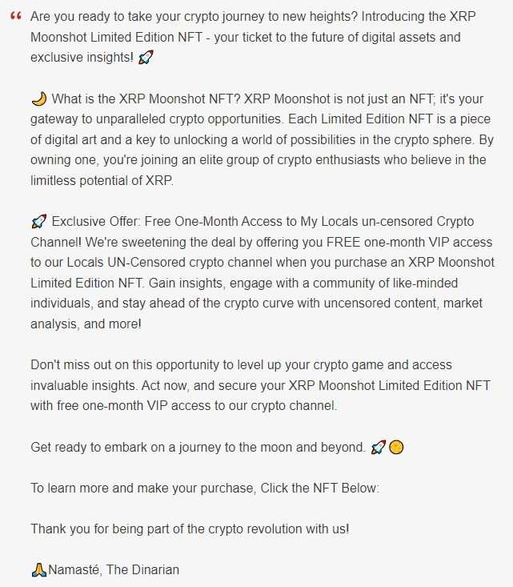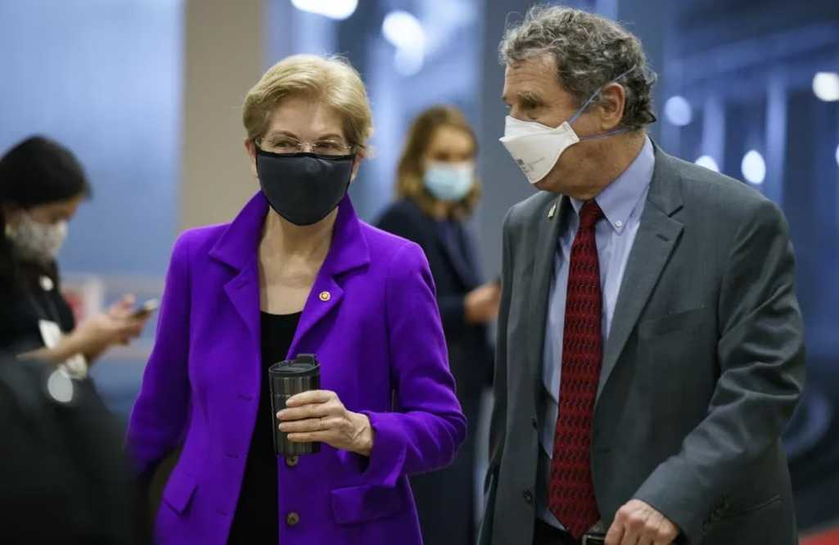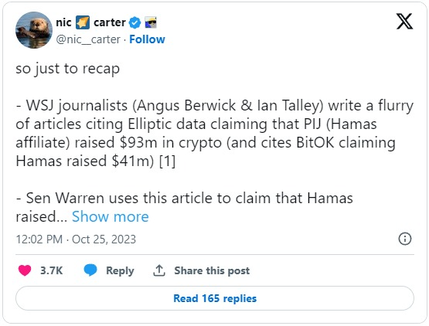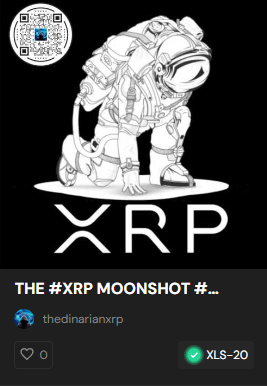Erroneous reports of crypto funding Hamas are yet to be corrected by the WSJ. No wonder people in the Web3 distrust the role of reporters in establishing truth in the world.
“It is difficult to get a man to understand something, when his salary depends on his not understanding it,” the writer Upton Sinclair famously said.
And so it goes with people who continue to push the idea that Palestinian terror is funded by crypto donations.
Let’s just say it: They don’t accept the truth because the lie is more convenient.
The Wall Street Journal erroneously reported last week that Hamas, and associated terror groups, had received tens of millions of dollars in crypto and that the money was being used to back the current war in the Middle East.
Blockchain analytics firms, including Chainalysis and Elliptic, have since refuted the idea, saying the funding was likely in the range of a few thousand dollars. But those statements haven’t swayed the Wall Street Journal into making a correction and it hasn’t stopped prominent members of Congress, including Senators Elizabeth Warren and Sherrod Brown, from continuing to push for a broad crypto crackdown.
Today, Brown, who heads the powerful Senate Banking Committee, called for additional action against financing of terrorism, including cryptocurrency, and it seems many members of Congress are now willing to believe that the mere existence of cryptocurrency is a boon to people who kill and maim. Last week, following the WSJ report, 102 lawmakers wrote to the U.S. Treasury Department, demanding information as to what is being done to prevent the use of crypto to finance terrorism.
Talk about “impact journalism.” The WSJ report has created a groundswell in Congress to crack down on crypto, even though the data behind its claims is clearly wrong.
Elliptic, whose data was misinterpreted in the WSJ report, says the “most prominent public crypto fundraising campaign has been operated by Gaza Now, a pro-Hamas news organization." And that is only to the tune of $21,000 – money that has apparently been largely frozen by the authorities.
Nic Carter, a prominent VC and CoinDesk columnist, has led calls for the WSJ to retract its story, lest the idea of crypto funding Hamas et al. take hold. But his campaign might be too late. Even if the WSJ does correct, Congress is already running with the notion, and facts in this sort of context have a tendency to become irrelevant. Hundreds of thousands of ordinary, casual observers of crypto/Congress/Hamas now believe something that isn’t true.
All of which makes it easy to understand why many in the crypto industry are tired of centralized media. They’ve struggled to get balanced coverage over the years and they’re reflexively antagonistic to journalists who present them as priests of the truth when they clearly have an ax to grind.
As a journalist who has covered this industry for nine years, this antagonistic attitude has sometimes been hard to take. Most of us journalists are doing our best to get the story right and it’s tough being painted with a broad brush. Not all journalists are the same, just like not everyone in the crypto industry is Sam Bankman-Fried.
But seeing the Hamas funding storyline play out, it’s hard not to be sympathetic to people in crypto who are tired of reporters getting facts wrong. Following the debunkings by Elliptic, Chainanalysis and many others, the WSJ could easily have corrected its reporting. But it has chosen not to, even as it has a direct bearing on policy-making at the highest level.
That’s an indictment of the mainstream media and a reinforcement of Sinclair’s dictum. The only possible explanation for why Warren, the WSJ and others are continuing to push a notion that is clearly untrue is that they don’t want to know the truth. It’s inconvenient to their goals and their egos, so they continue to peddle a lie.
































